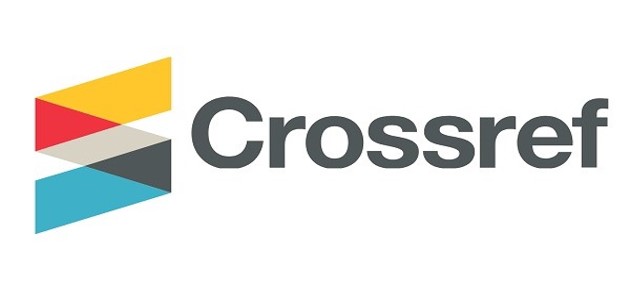Tunneling magnetoresistance calculation for double quantum dot connected in parallel shape to ferromagnetic Leads
DOI:
https://doi.org/10.31257/2018/JKP/2023/v15.i01.11428Keywords:
quantum dots, ferromagnetic leads, Green's function, conductance, tunneling magnetoresistanceAbstract
In this paper, a theoretical model for electron transport through symmetric system consisting of two baths interferometer with one single-level quantum dot in each of its arms was considered. In this model, the dots are attached to ferromagnetic leads with parallel and antiparallel magnetic configurations. Green's function technique in this model was used. Our focus is on the Transport characteristics of conductance (G) and tunnel magnetoresistance (TMR). A special attention to the influence of an applied magnetics flux on the characteristics of conductance and tunneling magnetoresistance was paid. Concerning the study of the conductance, it was found that the effect of bonding (antibonding) states is most obvious in quantum dots at various values of the magnetic field. The change in spin-polarization value was seen to affect the increase and decrease in the conductance value. We noticed a difference in calculation of TMR in the bonding and the antibonding states, where the results show Strong dissonance in bonding state and strong attraction in antibonding state.
Downloads
Downloads
Published
How to Cite
Issue
Section
Categories
License
Copyright (c) 2023 Laith.N.R

This work is licensed under a Creative Commons Attribution 4.0 International License.
Journal of Kufa-Physics is licensed under the Creative Commons Attribution 4.0 International License, which allows users to copy, to create extracts, abstracts, and new works from the Article, to alter and revise the Article, and to make commercial use of the Article (including reuse and/or resale of the Article by commercial entities), provided the user gives appropriate credit (with a link to the formal publication through the relevant DOI), provides a link to the license, indicates if changes were made and the licensor is not represented as endorsing the use made of the work. The authors hold the copyright for their published work on the JKP website, while KJP is responsible for appreciating citation for their work, which is released under CC-BY-4.0 enabling the unrestricted use, distribution, and reproduction of an article in any medium, provided that the original work is properly cited.












